Three Brothers Cave Rock [Ullengdo-Dokdo National Geopark] (삼형제굴바위 (울릉도, 독도 국가지질공원))
2024-02-23
Dokdo-ri, Ulleung-eup, Ulleung-gun, Gyeongsangbuk-do
Three Brothers Cave Rock, towering approximately 44 meters high, is situated between the East Island and West Island of Dokdo. This geological formation is a result of volcanic activity; its lower section emerged from cooling lava following an eruption, while its upper part was shaped by the accumulation of volcanic ash. Over time, the relentless action of waves has sculpted the rock, forming caves in three different directions. This unique structure, resembling three pillars converging in mid-air, is the inspiration behind its name, Three Brothers Cave Rock.
Jangsa Beach (장사해수욕장)
2024-02-23
3592 Donghae-daero, Namjeong-myeon, Yeongdeok-gun, Gyeongsangbuk-do
Spanning 900 meters, Jangsa Beach is renowned for its pristine white sands and an average water depth of 1.5 meters. The beach's clear waters and gentle slope make it a perfect spot for family summer vacations. Its unique grainy sand doesn't cling to the skin, allowing visitors to comfortably stroll barefoot or indulge in a relaxing sand bath. During the summer months, the beach comes alive with marine leisure activities like water skiing and banana boating. Adjacent to the beach is the Jangsa Landing Operation Victory Memorial Park, a site dedicated to educating visitors about the Korean War.
Daegacheongyeogok Valley (Muheulgugok) (대가천계곡(무흘구곡))
2024-02-23
Sincheong-ri, Suryun-myeon, Seongju-gun, Gyeongsangbuk-do
Daegacheongyeogok Valley starts just past Seongju Dam and winds its way towards Cheongamsagyegok Valley in Gimcheon city. The valley's crystal-clear waters, combined with its unique rock formation, creates a spectacular view. Its broad expanse, gentle flow, and shallow depths make it a popular summer getaway. Lifeguards are on duty from early June to late August, providing safety for visitors. Additionally, the nearby Gayasan Mountain and Dogyongsanseong Fortress are worth exploring.
Janggakpokpo Falls (장각폭포)
2024-02-23
740 Hwabuk-myeon, Sangju-si, Gyeongsangbuk-do
Janggakpokpo Falls cascades from Cheonwangbong Peak, the summit of Songnisan Mountain. This six-meter-tall waterfall, with its abundant flow, creates a magnificent vista framed by uniquely shaped rocky cliffs and ancient pine trees. The waterfall's roar is thunderous and its pool deep, contributing to its grandeur. Above the falls lies Geumnanjeong Pavilion, and below it, Hyangbukjeong Pavilion, together presenting a stunning tableau of mountain, waterfall, and pavilion.
Yecheon Suspension Bridge Village (예천 출렁다리마을)
2024-02-23
826 Yongmungyeongcheon-ro, Yongmun-myeon, Yecheon-gun, Gyeongsangbuk-do
Yecheon Suspension Bridge Village offers a picturesque setting with its crystalline waters and mountainous landscapes by day, and a celestial canopy of stars by night. The village provides a range of accommodation options suitable for groups of three to fifteen people. Guests have the opportunity to delve into the rural lifestyle with hands-on experience programs in the vegetable garden, involving the preparation of dishes and syrups using the village's own freshly grown agricultural produce. For those looking to explore the vicinity, nearby attractions include Choganjeong Pavilion, Gyeongcheonho Lake, and Seoaksa Temple, each offering its unique charm and cultural insights.
Yecheon Geumdangsil Village (예천 금당실마을)
2024-02-23
54 Geumdangsil-gil, Yongmun-myeon, Yecheon-gun, Gyeongsangbuk-do
Yecheon Geumdangsil Village is celebrated for its cultural relics and traditional houses, earning its name for resembling a lotus flower afloat on water. Visitors can explore the remnants of Yi Yuin's expansive 99-room house, dating back to the late Joseon era. The village is also home to significant cultural landmarks such as Choganjeong Pavilion, Yongmunsa Temple, Geumgokseowon Confucian Academy, and Bansongjae Gotaek (Kim Bin's Old House). A standout feature of the village is the Geumdangsil Pine Forest, recognized as a natural monument. This impressive pine grove, comprising over 900 trees, spans 800 meters, stretching from the base of Omibong Peak in Geumdangsil to the vicinity of Yongmun Elementary School.
Manbulsa Temple (Yeongcheon) (만불사(영천))
2024-02-23
857-5 Goji-ri, Bugan-myeon, Yeongcheon-si, Gyeongsangbuk-do
Situated on Manbulsan Mountain in Yeongcheon-si, Manbulsa Temple is renowned for housing the largest collection of Buddha statues in Korea. The temple is also celebrated for actively promoting modern Buddhism, culture, and welfare. Notable features within the temple grounds include the towering 33-meter Yeongcheon Great Amitabha Buddha, the revered five Buddha's jinsin saris and Bodhi trees from Sri Lanka, the resonant Manbul Brass Temple Bell, and the main sanctuary, Manbulbojeon Hall. Nearby attraction include Dogyeseowon Confucian Academy, Dolhalmae Wishing Stone, and Nogye Sibi (Monument Inscribed with a Poem of Pak Inro), offering a rich cultural and historical exploration.
Yeongdeok Wind Farm (영덕풍력발전단지)
2024-02-23
247 Haemaji-gil, Yeongdeok-eup, Yeongdeok-gun, Gyeongsangbuk-do
Yeongdeok Wind Farm, situated in Yeongdeok, capitalizes on the area's constant coastal winds and is perched above Sunrise Park. The wind turbines, standing tall at 80 meters with a wingspan of 41 meters, are strategically positioned on a hill to offer a magnificent view of the sea. The Wind Farm includes a New & Renewable Energy Center, a playground for children, and an Aircraft Exhibit Park, providing a diverse range of activities for visitors. In the vicinity, one can also explore local attractions such as Gangguhang Port, Samsa Marine Park, and Yeongdeok Daege Wonjo Village, enriching the experience of the area.
Gayasan National Park Nature Center (국립공원 가야산생태탐방원)
2024-02-23
313 Bongyang-ro 1-gil, Suryun-myeon, Seongju-gun, Gyeongsangbuk-do
Situated in Gayasan National Park, the Nature Center invites visitors to explore the moutain's ecology. Established in 2018 on the grounds of the former Gaya Farm, it serves as a sanctuary for restoring the body and mind and for finding inspiration amidst nature. Facilities include a dormitory, an education center, a restaurant, a nature walk trail, and an outdoor concert hall. The center's ecotourism programs feature trail trekking and the Yuyujajeok Healing Day, offering activities like soap-making and insect model crafting. Noteworthy nearby sites include Gayasan Wildflower Botanical Garden and the Gayasan History & Myth Hall.
Gimcheon Samyeongdaesa Park (김천 사명대사공원)
2024-02-23
94-3 Unsu-ri, Daehang-myeon, Gimcheon-si, Gyeongsangbuk-do
Gimcheon Samyeongdaesa Park serves as a nexus for exploring Gimcheon's rich cultural and historical treasures, including Hwangaksan Mountain and Jikjisa Temple. The park is an oasis of tranquility, offering visitors the chance to unwind amidst nature. It boasts hanok accommodations, along with wellness facilities such as a massage room and an outdoor foot bath. Other attractions include the Solhyang Teahouse, offering a serene tea ceremony experience, and the Hanbok Experience Center. Nearby attractions such as Jikjisa Temple, Gimcheon Museum of Art, and Gimcheon World Porcelain Museum are easily accessible, enriching the cultural journey.
![Three Brothers Cave Rock [Ullengdo-Dokdo National Geopark] (삼형제굴바위 (울릉도, 독도 국가지질공원))](http://tong.visitkorea.or.kr/cms/resource/29/2614629_image2_1.bmp)
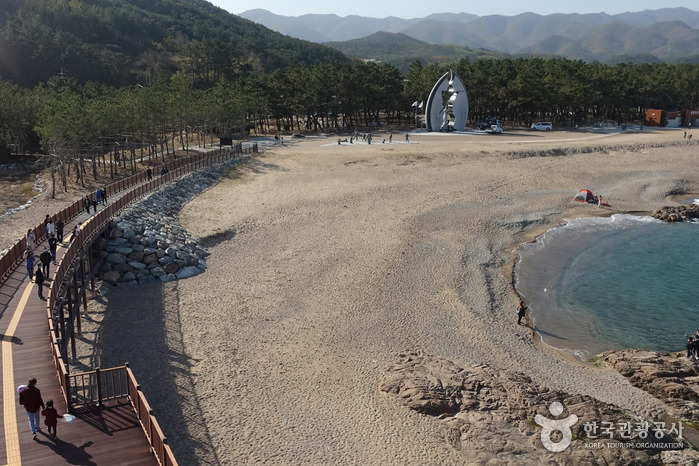
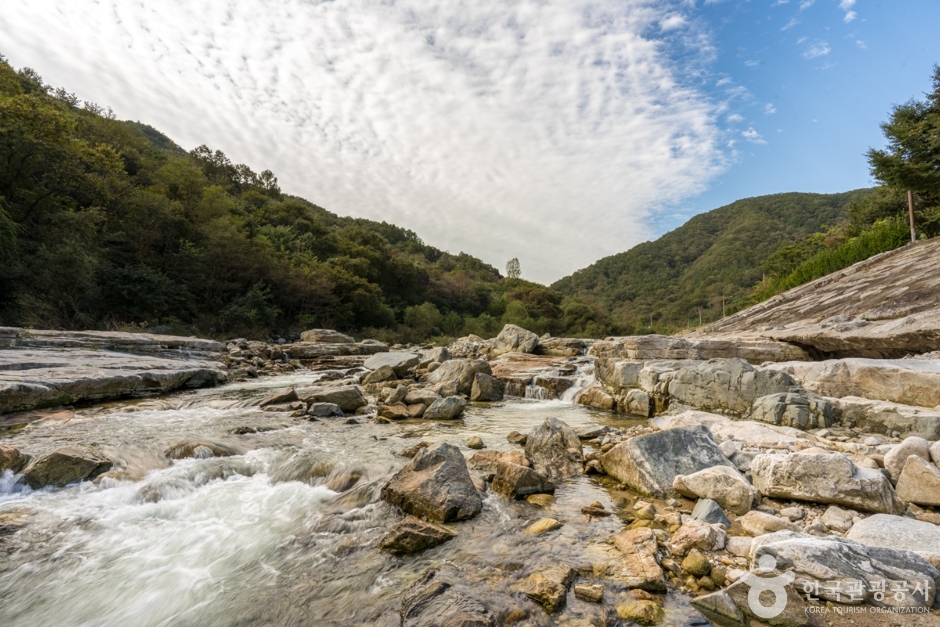
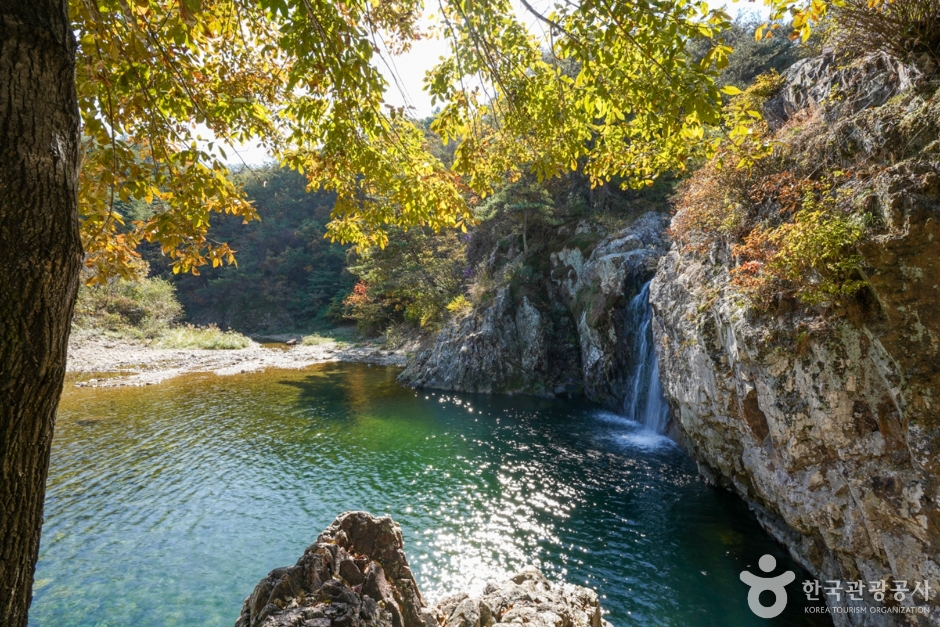
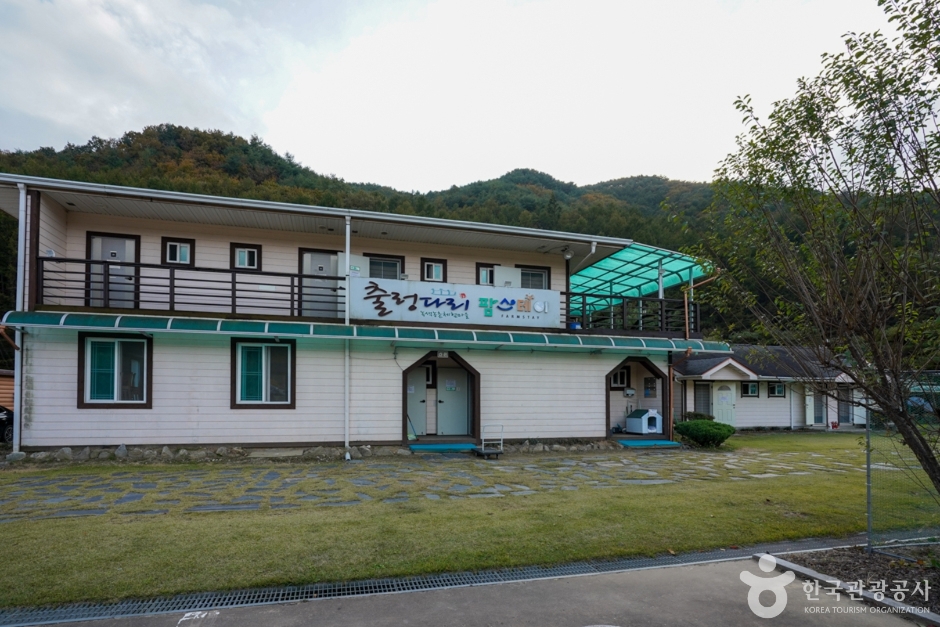
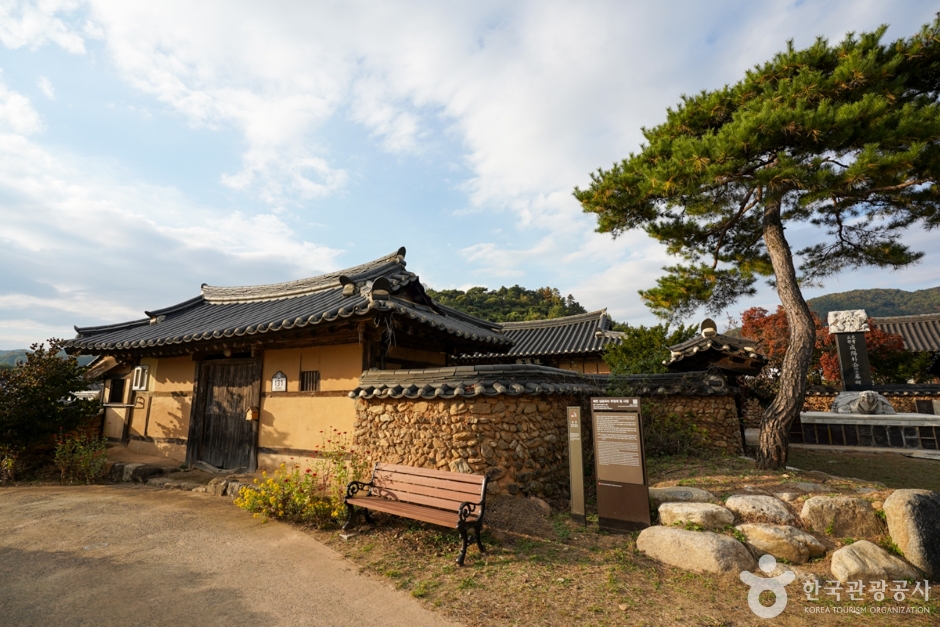
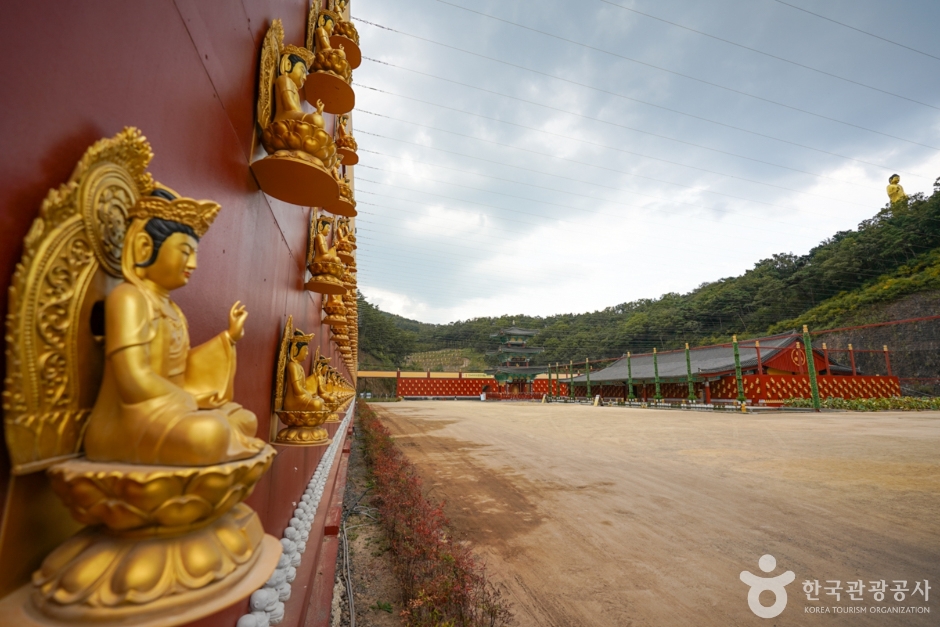

 English
English
 한국어
한국어 日本語
日本語 中文(简体)
中文(简体) Deutsch
Deutsch Français
Français Español
Español Русский
Русский